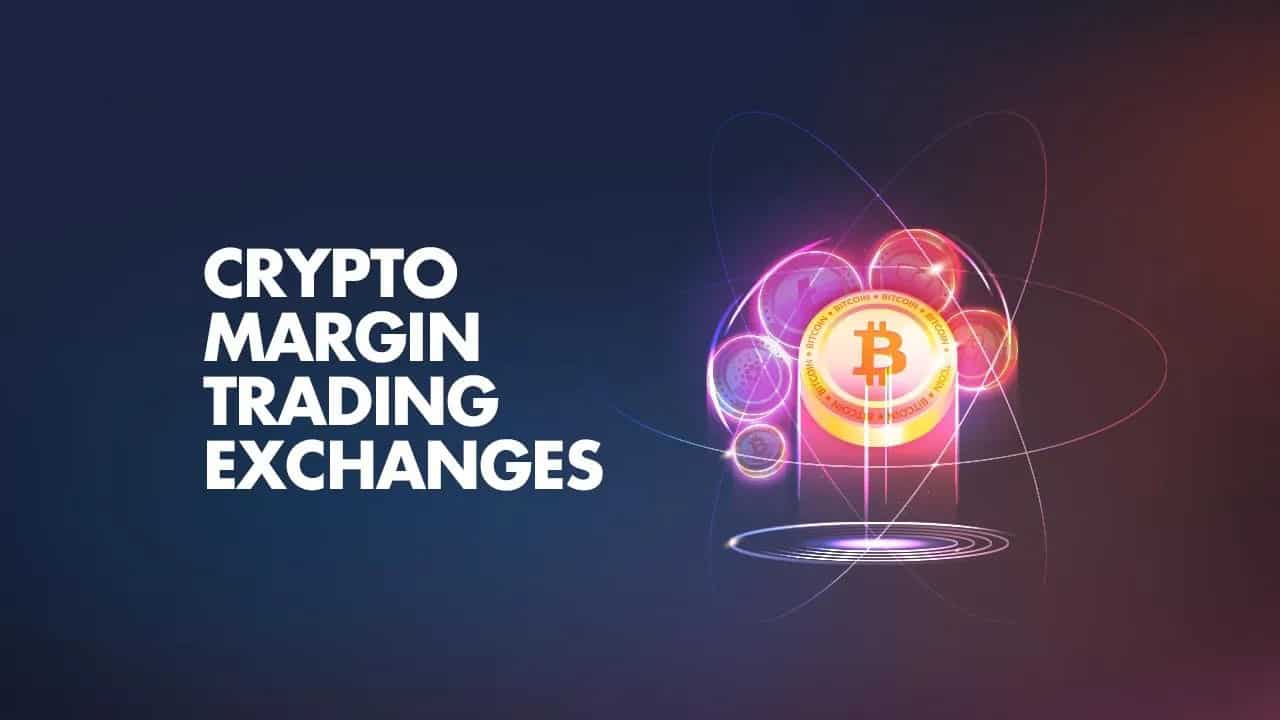Historical trading volume of top crypto exchanges paints a vivid picture of their rise to power. These digital titans didn’t just grow; they evolved with savvy and grit. In this tell-all post, we dive deep into the makings of their success—unlocking the secrets hidden in the numbers. Follow my lead as we decode the liquidity saga that charted the course of the crypto giants. Ready to see how volumes shaped the market? Let’s get started.
Unraveling the Historical Trading Volume Unveiled : Exchange Volumes Decoded
Diving into Cryptocurrency Market Liquidity Analysis
Let’s make sense of this big sea of market moves. We call this liquidity. It’s like water. The more there is, the easier it is to trade crypto, like a boat on a big lake. When a crypto exchange has lots of this water, called liquidity, people can buy and sell easily. Lots of trades happen. That’s good for everyone.
How can we know if an exchange is full of water? We look at how much trading happens there. This is where we come in with our fishing gear to catch those big fish – the numbers. We dig up all the trading that happened in the past, on big crypto exchanges.
The Evolution of Crypto Exchange Market Share Over Time
Now, think about a market like a race track, where exchanges are cars. Some are fast; they get a big piece of the track. Others are slower. We’ve watched this race for a long time, to see who’s ahead.
Over time, cars change, new ones come in, others get left behind. We’ve tracked how much of the market each exchange holds. This is their share. Some big names often lead the race, like Binance or Coinbase. But this changes with time.
The bigger their market share, the more people trust them to trade big amounts. Like a big, shiny car, they draw more people. Smaller ones can surprise us too, growing fast.
Let’s get this straight. What makes an exchange grow big? People look for a safe place to trade, where they don’t have to wait. They want good prices and choices. More traders join, and the exchange’s share grows. It’s a winning circle.
We’ve seen ups and downs, big waves of trading when news hits. Like when Bitcoin’s price jumps, or new rules come out. These are the moments to watch, to see which exchanges keep strong.
By tracking all this, we help you find the best spots to trade. A place that’s easy, fast, and safe. That’s what matters in this world of clicks and coins. With our help, you’ll feel like you’ve got the map to buried treasure!
Understanding this story isn’t just about now; it’s about what comes next. Those who read the waves can ride them. That’s why we keep our eyes on the horizon, for you, for every trader looking to make their mark.
In the end, remember this. Market share moves like the tide, in and out. Keep your ears tuned for our next report, where we’ll keep charting these waters. So, stay plugged in, keep learning, and watch the waves with us. Together, we’ll navigate the booming seas of crypto liquidity.
The Giants of Trade: A Comparative Analysis of Leading Exchanges
Annual Trade Volume Statistics for BTC and ETH
What makes Bitcoin and Ethereum trade so much? Both are big names that people trust. Bitcoin, the first crypto, is often seen as digital gold. Ethereum’s tech lets you do more than just pay with it. It’s used for apps and contracts that run by themselves. In 2021, Bitcoin’s trade amount got huge. It reached over a trillion dollars. Ethereum also saw a lot of action. Its trade was half a trillion.
These numbers show us how much people want these coins. They trade them more when they believe the price will go up. Or, if they think the price will fall, they want to sell. Knowing the trade volume helps us guess where the market might go.
Dissecting the Trading Volume Growth of Major Crypto Exchanges
Now let’s peek into the rise of trading on big crypto spots. Places like Binance and Coinbase lead the pack. They draw traders with tight security and lots of coins to choose from. In the last few years, their trade volume shot up. But why?
Smart moves and good timing helped. They made trading easy for new folks. They also added more coins. And when they did, more people came to trade. As Bitcoin and Ethereum got hot, these spots were ready. They could handle the rush of people coming in.
As we dig through the historical trading volume data, we can spot trends. We see that trading jumps when there’s big news. Or when a new coin starts. These exchanges must be ready for these spikes in trade.
Why do these jumps matter? Well, they shake the market. They can make prices move fast. And this can be a chance to make money. Or it can mean taking big risks.
Keeping an eye on the trade of big coins helps us get why people trade so much. It also shows us how big exchanges stay on top. They adapt and grow as the crypto world changes. By watching these patterns, we can learn a lot. We can guess the market’s next move. And we can see how changes in trading can lead to more people getting into crypto.
In the end, trading volume is a clue. It tells us how much people want to trade. And when we understand it, we get a better grip on the market. It helps traders make smart choices. And it helps everyone see how crypto moves and grows. By following these clues, we can ride the waves of the market.
Tracking the Pulse of the Market: Volume Trends and Spikes
Uncovering the Correlation Between Trading Volume and Cryptocurrency Pricing
I’ve seen it countless times: volume goes up, prices often follow. This pattern isn’t just by chance. More trades mean more trust in the asset. When crypto buzz grows, so too does trading volume. For BTC and ETH, the giants, this is a big deal. It says, “We trust Bitcoin and Ether to stay.” Folks see BTC spike in trades, they join the action. It’s like a signal that screams, “Now’s the time!” ETH starts buzzing in trade talks, and its price jumps. Just think: each time you see BTC or ETH volume up, price swings might be near.
Exploring Monthly Volume Trends in Cryptocurrency Exchanges
Now, let’s talk about how crypto markets move each month. Say we peek at monthly trade stats. We spot trends, waves of folks trading. In top crypto exchanges, this matters a lot. All year round, BTC and ETH show us trading patterns. Some months, trades are quiet like a mouse. Other times, they’re loud, with big numbers. Many ask, “Why these ups and downs?” It’s not just random. Oh no, there are reasons. Market news, global events, or new tech can change trades a lot. For traders understanding these monthly moves, it’s gold. They know when to dive in or step out. They watch historical trade data like hawks. We’ve seen, over time, top exchanges like Binance and Coinbase can have huge trade surges. And when they spike, everyone wants to know: will this last or fade away? With BTC and ETH, seeing these patterns helps us guess where they’ll head next. We track the volume of these crypto giants, and it’s like having a map in a maze.
Beyond Numbers: What Trading Volumes Tell Us About the Future
The Role of Market Capitalization in Trade Volume Dynamics
Have you ever wondered why some coins trade more than others? It’s all about their market cap. Coins with bigger market caps often have more trading. That’s because more people know them and trust them. Think of it like a busy market. The bigger the market, the more people come to shop there.
So, when you look at BTC historical trade volume or ETH daily trading statistics, you see big numbers. That’s no shock. These big players, they dominate the trade game. But, there’s more trade during certain times. Why? That’s where it gets interesting.
Seasonality and Its Influence on Crypto Exchange Volume Trends
Now, let’s chat about the seasons. No, not winter or summer. In trading, seasons are times when trade goes up or down. It’s like how ice cream sells in summer but not so much in winter.
Crypto is similar. Sometimes, things like holidays or big global events change how much people trade. You notice more folks buying or selling. We call this seasonality. It’s the ups and downs that happen like clockwork each year.
There’s a pattern, see? And knowing this pattern can be super helpful. If you’re smart, you use it to guess when might be a good time to trade. And that’s what trading volume trends tell us.
Keep this in mind: high trading volumes can mean a coin is more stable. It’s less wide swings in price because there’s lots of buying and selling. Low volumes can mean rougher seas, with prices jumping around more.
As a trader or investor, getting this stuff can really help you. It’s not just about the coin. It’s about the whole market feeling. See what’s busy, what’s not, and you get the bigger picture.
So, take a look at seasonal trends and market caps next time you check the charts. They might just give you the clues you need to make better choices.
In this post, we dug into the depths of cryptocurrency liquidity. We started by analyzing market liquidity and how crypto exchange shares have shifted over time. We moved on to pit the biggest exchanges against each other, showing how Bitcoin and Ethereum trade volumes stack up. We also tracked how these giants’ trading volumes have soared.
Next, we measured the market’s heartbeat, linking trade volumes with price movements and looking at monthly trends. Last, we peeked into the future. Market caps and seasonal patterns do shape trade volumes, it turns out.
My final take? Trade volumes speak volumes. They hint at investor trust, market health, and the crypto world’s pulse. Stay sharp and keep an eye on these trends – they’re like a roadmap to where the blockchain is heading next.
Q&A :
How do I find historical trading volume data for top cryptocurrency exchanges?
Finding historical trading volume data for top cryptocurrency exchanges can usually be done through each exchange’s website or API. Many platforms provide charts and statistics that display trading volume over various timeframes. Popular crypto market analytics websites like CoinMarketCap, CoinGecko, and CryptoCompare also offer historical trading volume data and charts for multiple exchanges.
What are the benefits of analyzing historical trading volume on crypto exchanges?
Analyzing historical trading volume on crypto exchanges can offer insights into the market’s strength, liquidity, and investor interest over time. It helps traders and investors understand trends, measure exchange reliability, and make informed decisions on where and when to execute trades.
Which top crypto exchanges have consistently high trading volumes?
The crypto exchanges that consistently have high trading volumes typically include Binance, Coinbase, Kraken, Huobi, and Bitfinex. It’s important to note that trading volumes can fluctuate due to various factors, including market volatility and changes in user preferences.
Can historical trading volumes of crypto exchanges indicate market sentiment?
Historical trading volumes can often reflect market sentiment as they show traders’ activity levels and interest in certain assets during specific periods. High volumes often suggest bullish sentiment, whereas low volumes might indicate bearish sentiment or lack of interest.
How does the historical trading volume of crypto exchanges affect liquidity?
The historical trading volume of crypto exchanges has a direct impact on liquidity. High trading volumes typically result in higher liquidity, allowing traders to execute large orders without heavily affecting the asset’s price. Conversely, lower trading volumes can lead to less liquidity and potentially more price slippage.





